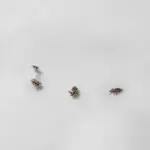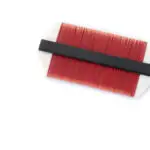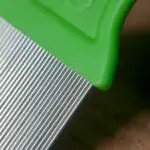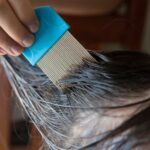Can Head Lice Hold Their Breath?
The common myth about head lice and swimming is false. Although head lice can survive submersion in water for up to 14 hours, they cannot float. Their claw-like feet keep them anchored to the head and keep them from ejecting themselves. Moreover, their nits are safe in their hard, sticky shells. These properties make them extremely resistant to water, chemicals, and a lack of air.
In one study, 503 head lice were used for the experiment, with 243 being immersed in water and 260 untreated controls. The study found that after 1 minute, lice stopped moving, but intestinal peristalsis continued for another 10 minutes. Most of the water-immersed lice were still alive after H24, although mortality was higher among the controls.
This method may seem extreme, but it works by restricting the head lice’s ability to breathe. While many natural treatments, such as applying anti-lice shampoo or shaving the head, may seem like a quick fix, it doesn’t guarantee that head lice will be killed. While the process of suffocation may seem simple, the actual process takes time. In fact, some lice may survive for up to six hours, so it is essential to act quickly if you suspect you have head lice.
The adult head lice are smaller than a sesame seed. Their nymphs are smaller still and have a blood red or clear color. Lice eggs are small yellow or tan dots that stick to the hair shaft. This makes them very difficult to remove. In addition to being a nuisance, head lice also spread easily through head-to-head contact.








